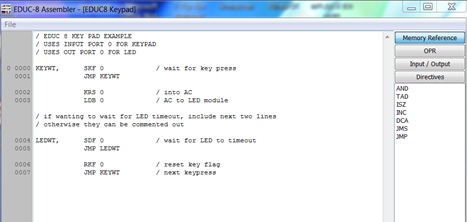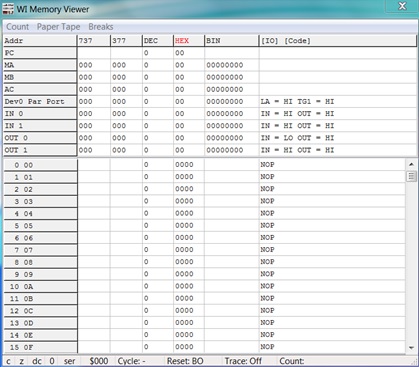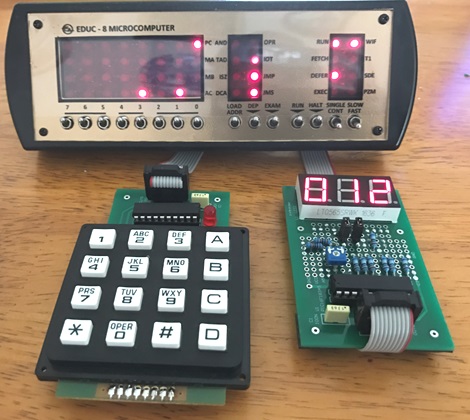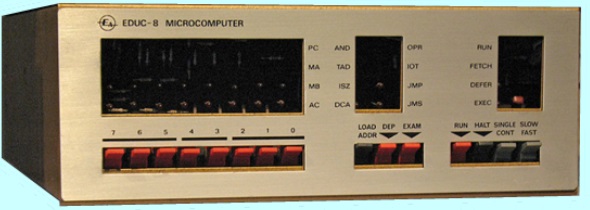

| IC Count | 100 TTL |
| Microprocessor | None |
| Circuit Boards | 8 single sided |
| Memory Bytes | 32, expanded to 256 at publication |
| Input Channels | 1 Serial, 1 Serial/Parallel |
| Output Channels | 2 Serial |
| Data Entry | Front Panel Switches |
| Instruction Execution Speed (Approx) | Normal 10KHz, or Slow 24 seconds, @ 500KHz main clock |
| Instruction Set | 28 Instructions |
| Memory page Size | 16 Bytes |
| Addressing Modes | Direct and Indirect |
| Subroutine Capability | Yes, only available memory is the limit |
| Display | Front panel LEDs |
| Power Supply | 5 volt, 60Watt |
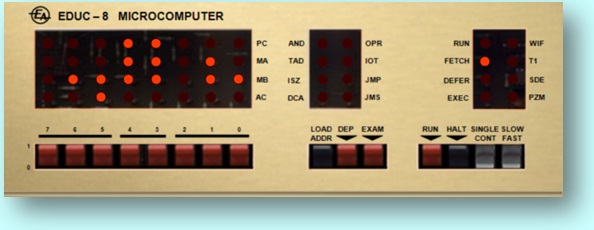
| OCTAL LED / Nixie Tube Display |  |
| Keypad | 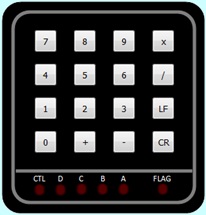 |
| Paper Tape Reader/Punch | 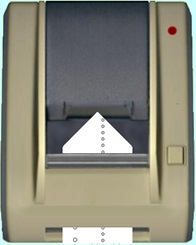 |
| Magnetic Tape Storage | 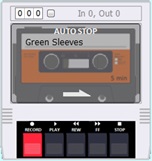 |
| Melody Player | 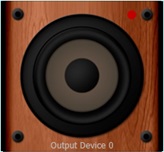 |
| Printer based on the Philips 60SR | 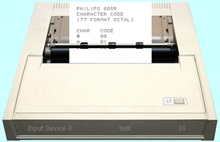 |
| ASCII Keyboard |  |
| Dec / Hex LED / Nixie Display |  |
Alphanumeric and multi-digit displays |  |
| Keypad with user definable keys |  |
Serial port terminal for testing code with serial option enabled | 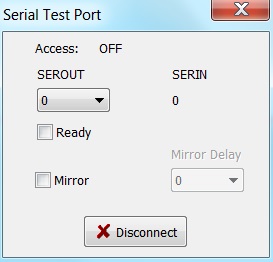 |
External switches for Device Input 0 |  |
